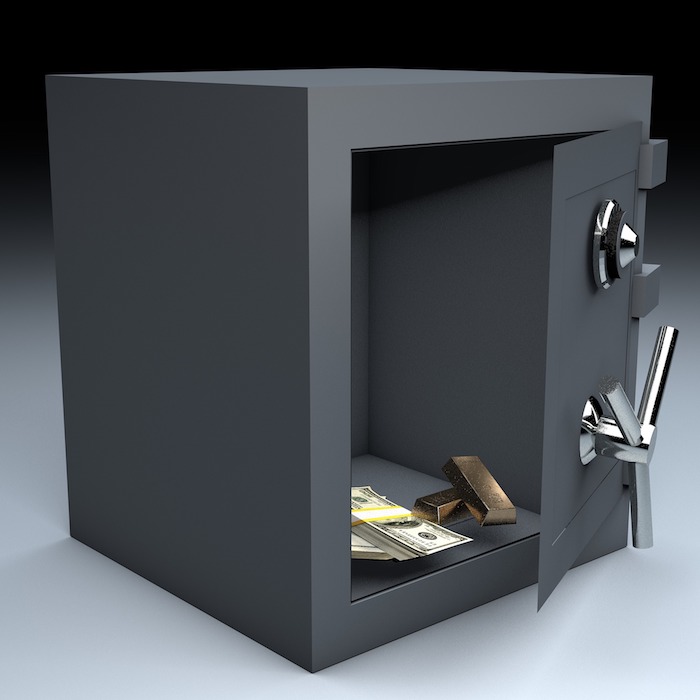Organizations that seek healthy bottom lines and efficient operations need to track all their pieces of heavy equipment. Asset tracking increases productivity and offers you an opportunity to stay on top of the repair and maintenance schedule. However, the catch is to have your organization exercise the best asset tracking practices to reap all the anticipated benefits.
There is a broad range of benefits associated with adopting the best practices when it comes tracking your heavy equipment. Right from saving on costs to enhanced productivity and improved asset utilization, your organization will benefit tremendously.

1. Keep capital and operation budget precise
The predictive analytics capabilities associated with effective asset tracking helps in keep capital and asset acquisition and maintenance budget tight. That said, you can use the data analysis results offered by your preferred equipment tracking method to predict equipment failure. This places you in a better position to avoid costly downtimes and minimize equipment maintenance expenses.
2. Minimize risks by effectively tracking your IT equipment
Hardware is increasingly becoming commoditized at the desk side. However, in the datacenter, network, storage, and infrastructure hardware equipment require significant capital investment and high maintenance costs. Besides, workflow interruptions, asset loss, and data breaches remain major risks.
One way of preventing any of these risks is to track heavy equipment and other resources in your datacenter. This ensures that all your business operations can result in maximum anticipated returns on investment. Equipment tagging and corollary activity of keeping a relationship between accurate data and a specific equipment tag is the best practice for managing and reconciling location, configuration, and ownership of the equipment.
3. Sustained asset performance
One way of offering your customer’s output value is to ensure that your production or service equipment is operating efficiently. You can achieve this by implementing a system that can track heavy equipment and ensure sustained performance.
It’s worth noting that your organization’s capacity to produce valuable output is directly impacted by the sustained performance of your equipment. Therefore, tracking your assets helps you determine the efficiency of your equipment and find out if you are offering your clients real value. This information can also help you make the right resource allocation decisions for better productivity.
4. Eliminate unreliable and cumbersome manual asset tracking
Investing in an efficient equipment tracking system presents you a chance to eliminate the unreliable and cumbersome asset tracking methods. Most automated tracking systems are effective and offer you analytics capabilities to accurately determine the level of efficiency associated with your assets.
Barcodes and RFID tags with magnetic strips or chips are used to identify equipment. These smart tags can also be used to acquire other equipment data such as temperature to ensure quality levels of items are maintained. These advanced levels of asset tracking and management can’t be achieved using old, manual tracking methods. Thus, investing in the right tracking approaches makes it easier for you to keep an eye on all your assets.
5. Equipment tracking streamlines operations auditing
Effective asset tracking systems facilitate quick and accurate equipment and operational audits. If you are using barcodes on equipment identification labels that are handled using computers (with an integrated barcode reader) means that it will take you a second to audit each of your assets.
6. Effective equipment tracking can guarantee better forecasting
Do you want to maintain precise inventory counts in an advanced central database along with each asset’s historical data and other important pieces of information? Then, track your business equipment effectively.
Most asset tracking systems enable you to have every bit of data related to all your business assets at your fingertips. This allows you to spot trends and make accurate predictions to meet your business goals. That means you will not you will not be stuck with unused resources that are using valuable space in your business, but you’re probably short on essential supplies.
Conclusion
Every business aims at minimizing operational, asset acquisition, and management costs and maximizing profits. Thus, effective equipment tracking ensures that you can efficiently allocate your business resources and increase productivity. Besides, it allows you to make the right predictions and set up the right business plan.
Disclosure: We might earn commission from qualifying purchases. The commission help keep the rest of my content free, so thank you!



